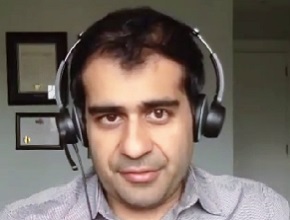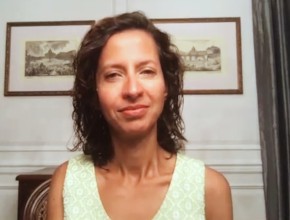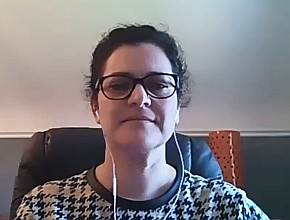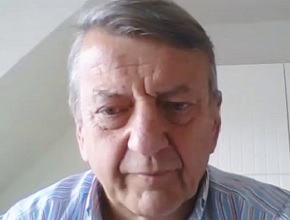Dr Jean-Louis Vincent, professor of intensive care medicine at Université libre de Bruxelles, past president of the World Federation of Societies of Intensive and Critical Care Medicine, and accomplished author and researcher, connects with Dr Roman Jaeschke to discuss intubation in patients with severe/critical coronavirus disease 2019 (COVID-19).
For part 1 of the interview, click here.
Roman Jaeschke, MD, MSc: One other issue that I’m interested in, which is… You mentioned to intubate not too early, not too late. I wonder if you could expand on it from your perspective, from your experience. What factors do you [consider?] I know that there is no threshold, but maybe from your experience you could give some advice. What do you take into account?
Jean-Louis Vincent, MD, PhD: Well, as always, we need to personalize these decisions and we all know it’s not easy to know when to intubate the trachea of a patient—and that’s where the experience may play a role—but here we also learned from our experiences with COVID-19 patients. Initially the tendency was to intubate the trachea quite early, thinking that the patient “is going into the acute respiratory distress syndrome (ARDS), the patient will need mechanical ventilation, there’s no point in waiting, let’s go and intubate the trachea.” And that was a bit too much, with the risks of ventilator-associated lung injury (VALI), with the risks of nosocomial infections, of course, and also with excessive sedation and paralysis, because people rapidly put these patients on profound sedation and paralysis. Over time we learned that we could wait. We could wait especially, as I mentioned, with the use of better noninvasive systems: continuous positive airway pressure (CPAP), high-flow oxygen, helmets. And this has allowed us to keep patients breathing spontaneously for a longer period of time. We have even expanded these respiratory support measures outside the intensive care unit (ICU), allowing some patients to be treated quite completely outside the ICU—on intermediate care units, [in] recovery rooms, or even on regular floors.
On the other hand we know that intubating too late, of course, could lead to respiratory arrest and cardiac arrest, which is a nightmare. That’s, of course, terrible. We should not do that. But also there’s a risk of, what we call, self-inflicted lung injury (SILI). If we see patients breathing like this, it’s probably—probably—better to intubate the trachea and, indeed, to sedate the patients to avoid too large shifts in intrathoracic pressures that may further injure the lungs. So that’s something that we could identify somewhat better with the experience.
Of course, we know that in COVID-19 sometimes patients are not very dyspneic when they are very hypoxemic. We are not sure, we [do not] know exactly why, it’s an observation. Some patients are profoundly hypoxemic and not very dyspneic, so these patients may not require endotracheal intubation too early. We need to look at the degree of dyspnea, we need to look at tachypnea, the respiratory rate, and integrate all of this with the alteration in gas exchange. Putting all together, we intubate the trachea in a later stage than at the beginning of the pandemic, but we still need to individualize these decisions.
Roman Jaeschke: Thank you. It actually helps me. At the moment I rarely see a non-COVID-19 patient, so this issue of when to intubate these people who are texting on their phones being on what we call now 200% oxygen—you know, they have high-flow [oxygen] and the mask on top of that… It’s kind of hard to think about paralyzing them—because that’s what you will need to do—to sedate them and ventilate when they are talking to their families along the way.
 English
English
 Español
Español
 українська
українська











